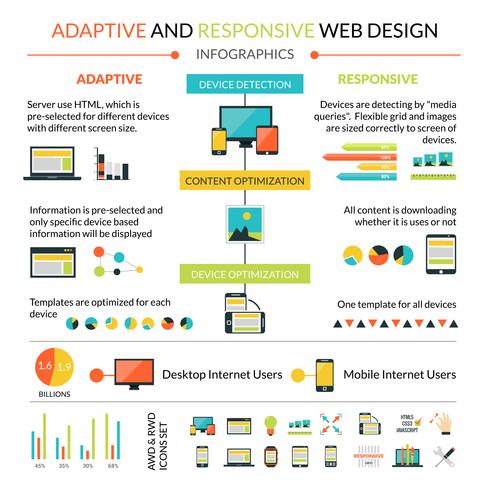The Improvement Of Online Platforms: A Journey With Time
The Improvement Of Online Platforms: A Journey With Time
Blog Article
Article Author-Solis Harding
In the past, web sites were simple and focused on info. Navigating was straight, and layout was for desktop computers. Now, user experience is vital. Information overviews layouts for very easy navigation. Responsive designs match different tools. Today, dark mode reduces stress, and minimalist food selections enhance navigation. https://johnathanvlbsi.madmouseblog.com/10341070/master-the-art-of-attracting-close-by-clients-with-local-seo-approaches-but-don-t-overlook-the-worldwide-reach-potential-of-conventional-seo-uncover-the-crucial-distinctions involve customers, and bold visuals attract attention. AI combination increases interaction. See how design has actually advanced to boost your on the internet journey.
Early Days of Website Design
In the early days of website design, simplicity preponderated. Sites were standard, with restricted shades, font styles, and layouts. The emphasis got on giving info as opposed to fancy visuals. search engine marketing packages accessed the web via slow dial-up connections, so speed and functionality were essential.
Navigating menus were straightforward, commonly situated on top or side of the web page. organic search engine optimization specialist were designed for desktop, as mobile browsing had not been yet common. Web content was king, and designers prioritized very easy readability over complex design components.
HTML was the primary coding language used, and designers had to function within its restraints. Computer animations and interactive attributes were marginal compared to today's requirements. Web sites were fixed, with little vibrant content or tailored user experiences.
Surge of User-Focused Layout
With the development of site layout, a change towards user-focused design principles has come to be increasingly prominent. Today, developing sites that prioritize customer experience is vital for engaging visitors and achieving organization objectives. User-focused design includes comprehending the needs, choices, and habits of your target market to tailor the web site's format, material, and features appropriately.
Designers currently perform thorough research, such as user surveys and use screening, to collect insights and responses straight from customers. This data-driven approach aids in developing user-friendly navigating, clear calls-to-action, and aesthetically enticing user interfaces that reverberate with site visitors. By putting the individual at the facility of the design procedure, sites can provide a more personalized and enjoyable experience.
Receptive layout has additionally become a vital element of user-focused layout, guaranteeing that sites are maximized for different tools and screen sizes. This flexibility boosts availability and usability, catering to the varied means users engage with websites today. Fundamentally, the surge of user-focused style indicates a shift in the direction of producing electronic experiences that prioritize the needs and expectations of the end customer.
Modern Trends in Website Design
Discover the most up to date trends shaping website design today. One noticeable fad is dark mode layout, using a smooth and contemporary appearance while reducing eye stress in low-light settings. Another vital fad is minimal navigating, simplifying menus and improving user experience by focusing on essential elements. Incorporating micro-interactions, such as animated switches or scrolling impacts, can produce a much more interesting and interactive website. Responsive design continues to be important, ensuring smooth individual experiences throughout various tools. Furthermore, making use of bold typography and unbalanced formats can include visual interest and draw attention to particular material.
Incorporating AI innovation, like chatbots for customer support or tailored suggestions, enhances individual involvement and enhances processes. Ease of access has additionally become a considerable fad, with developers prioritizing inclusive style techniques to satisfy diverse customer demands. Welcoming sustainability by enhancing website performance for speed and effectiveness is an additional emerging pattern in website design. Working together with individual responses and data analytics to repeat and boost style constantly is important for remaining relevant in the ever-evolving digital landscape. By embracing these modern-day fads, you can create an aesthetically appealing, user-friendly internet site that reverberates with your audience.
Final thought
As you review the evolution of internet site style from the early days to currently, you can see how user-focused design has actually become the driving force behind modern-day trends.
Welcome the trip of change and adaptation in web design, always keeping the customer experience at the forefront.
Keep current with the current trends and innovations, and never stop progressing your method to develop visually magnificent and user-friendly internet sites.
Evolve, adjust, and produce - the future of website design remains in your hands.
